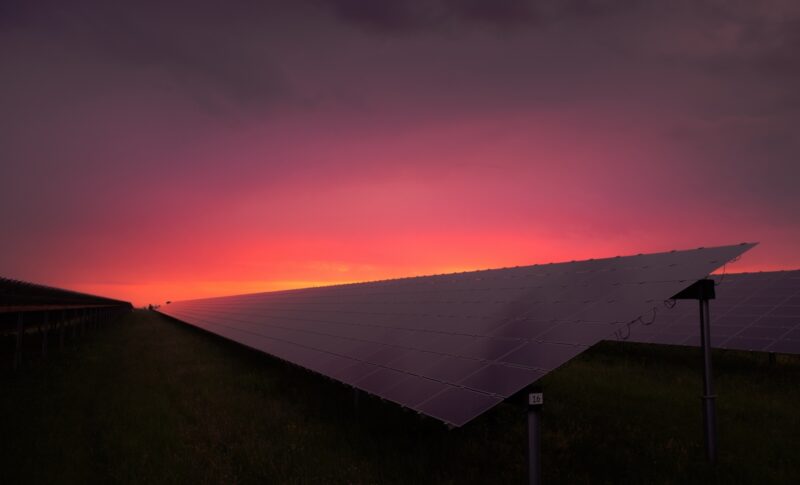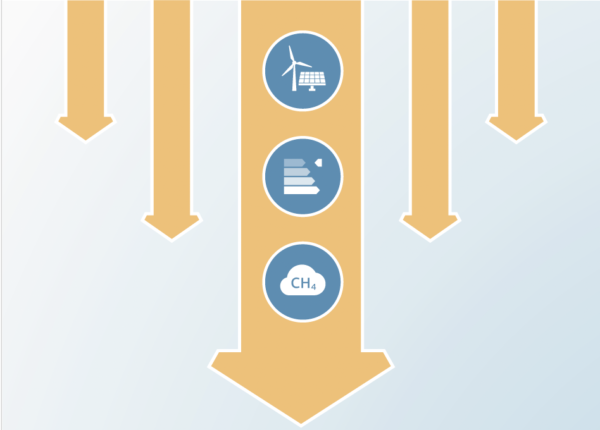Feasibility of limiting warming to 1.5 and 2°C
Authors
Joeri Rogelj, Michiel Schaeffer, Niklas Roming, Fabio Sferra, Bill Hare, Olivia Serdeczny
Share

Limiting warming to 1.5°C by 2100 is feasible
The scientific findings based on low-emission scenarios (also assessed by the IPCC in its latest (Fifth) assessment report) show that it is both physically and economically feasible to limit warming to below 1.5°C by 2100, after temporarily exceeding 1.5°C in the 2050s (but still staying well below 2°C).
Limiting warming to 1.5°C by 2100 needs early and rapid action
Limiting warming to below 1.5°C by 2100 requires similar transformations in the energy system as holding warming to below 2°C during the 21st century, but the decarbonisation of the energy system needs to be faster and more pronounced. Holding warming below 2°C also requires early and rapid action with the level of action in the next ten years (until around 2025) very similar to 1.5°C. By the 2030 action towards 1.5°C needs to be faster than for 2°C.
Costs of renewable energy are declining rapidly
Costs of renewable energy have declined dramatically over the last years and much faster than previously expected. Several renewable energy technologies have already achieved market competitiveness, to varying extent across the wide variety in national, economic and resource circumstances globally and in small island states.
Renewable energy is a development opportunity for small islands
These promising developments represent an opportunity for small island states to achieve their mitigation targets, while at the same time lowering costs and increase energy security by reducing their dependence on fossil fuel imports.
Energy efficiency is key
Energy efficiency plays a critical role in low stabilisation scenarios in general. The related reductions in energy demand need to be greater, particularly from 2030, to hold warming below 1.5°C rather than 2°C.
Reaching the 1.5°C goal requires the same technologies as 2°C, deployed faster
A critical technology for both below 2°C and 1.5°C is negative CO2 emissions technology. This is necessary to compensate for the insufficient emissions reductions realised to date.
At this moment, the option that is seen as most likely to achieve large-scale negative emissions combines modern biomass energy systems with carbon capture and storage. While all elements of this technology are available and demonstration plants are already functional, very rapid upscaling is required in both 1.5°C and 2°C pathways in the 2030-2050 period. This will not happen without incentives, as the recent suspension of plans to build the world’s first negative emissions power plant in the UK shows due to withdrawal of incentives.
Reaching the 1.5°C goal will require similar bioenergy supply level as 2°C
Science is clear that the bioenergy demand for a 1.5°C goal is not higher than for a 2°C limit, but needs to be introduced faster. In fact, all energy-economic scenarios, even without these temperature limits, see a rapid growth of bioenergy, due to an anticipated continued competitive development of modern bioenergy options, technologies and infrastructure.
Large-scale deployment of bioenergy is therefore not unique to 1.5 and 2°C scenarios and in all cases must rely primarily on “second generation” options, derived from agricultural and forestry residues, dung and organic waste, to prevent conflicts with food security. Comprehensive policies can safeguard against any remaining risks. However, in any consideration of food security, it must never be ignored that even present-day climate extremes pose very large risks to food security in many countries, due to crop losses and spikes in food prices, and that these risks are set to increase with temperature increases under 1.5°C and more rapidly on our way to 2°C or higher.
Substantial reductions in global greenhouse gas emissions needed by 2050 and emissions reach zero by 2060-2080
Limiting warming to below 1.5°C by 2100 requires a reduction of global greenhouse gas emissions by 70-95% relative to 2010 levels by 2050. This is significantly deeper than the 40-70% by 2050 for 2°C. Total greenhouse gas emissions have to reach global zero by 2060 to 2080 for 1.5̵°C compared to 2080-2100 for 2°C.
Full decarbonisation of the global energy and industry sectors by mid century needed for 1.5°C
CO2 emissions from energy and industry must be zero globally around 2050 for a 1.5°C limit, which is around 10-25 years earlier than for a 2°C limit. Full decarbonisation for 1.5°C limit is therefore needed by mid-century, and mid-way through the second half of the century for 2°C limit.
Including a full decarbonisation goal by 2050 would send an important signal to the energy industry and to the finance sector.
A fundamental transformation of the global energy – industry system is required to achieve a 2°C or a 1.5°C limit. A 1.5°C goal calls for immediate action and strong near-term reductions, and with full decarbonisation by mid-century, thus sending a much-needed signal to the industry and finance sector to divest from fossil fuels and create the incentives to give key technologies the boost that is required to achieve this transformation.
INDCs and pledges would lead to a warming of 2.7°C, likely below 3°C
While the Intended Nationally Determined Contributions (INDCs) process has led to a significant improvement in promised action compared to previous pledges of action and informal announcements, they are not in line with a below 2°C or 1.5°C long-term temperature goal. At present the pledges and targets announced by countries put the world on track towards a warming of 2.7°C by the end of the century. In probabilistic terms, this means that warming would likely be limited below 3°C if all pledges and targets in INDCs submitted as of October 1 are fully implemented and achieved. None of the INDCs put forward by large emitters so far under the UNFCCC is in line with countries’ fair contribution to reach a below 2°C or 1.5°C target.
2025 emission levels implied by current INDCs are not consistent with 1.5°C nor 2°C
The 2025 global greenhouse gas emission levels implied by the INDCs amount to 52 to 54 gigatonnes measured in carbon-dioxide equivalents (GtCO2-e). This level of emissions is very close to the very upper end of the range, for which actual energy-economic scenarios exist that still keep the option open to limit warming to below 1.5°C by 2100. If global reductions by 2025 are not further reduced than currently pledged, the economic costs of the rapid reductions in subsequent periods, required to compensate for the lack of early action, will be unnecessarily high.
Present 2030 INDC emission levels would render the 1.5°C target infeasible and place at severe risk 2°C limit
If global greenhouse gas emissions in 2030 reach the high levels of 53 to 55 gigatonnes measured in carbon-dioxide equivalents implied by the INDCs, limiting warming to 1.5°C by 2100 could become infeasible: compared to 2025 there will be a much larger gap by 2030 between INDCs and emission levels of published 1.5°C energy-economic scenarios in the scientific literature.
For such levels, the feasibility of limiting warming to below 2°C with a likely chance is also questionable. To be in line with a below 2°C pathway, additional reductions of 15 to 17 gigatonnes carbon-dioxide equivalents are needed. 6
Current policies will lead to emissions far above 2025 and 2030 INDC levels unless urgent action taken by governments
Few countries have the policies in place to achieve the emission reductions calculated from their INDCs. Emissions based on the effects of all implemented policies globally lead to emissions levels 4 gigatonnes carbon-dioxide equivalents above INDC levels by 2025, and 6 gigatonnes carbon-dioxide equivalents by 2030. This would ultimately lead to a warming of 3.6°C by 2100. The national and international processes in the next few years must not only strengthen climate policies worldwide to bridge the gap from current policies to INDCs, but use the momentum created in these processes to move beyond INDCs and close the remaining gap to get the world on track to reach the 1.5°C goal.
Emission reduction commitment period to 2025 is crucial
If the Paris agreement is to ensure that it remains feasible to hold warming below 2°C, and reduce below 1.5°C by 2100, it is very important that the present inadequate ambition levels in 2030 INDCs are not locked in. As a consequence, it is very important that emission reduction commitments are set only to 2025 under the Paris agreement, so that new, more ambitious commitments for the period from 2025 to 2030 can be brought forward in the period after Paris as part of the next cycle of commitments. A binding review is needed by 2018/2019 before the Paris Agreement enters into force.











